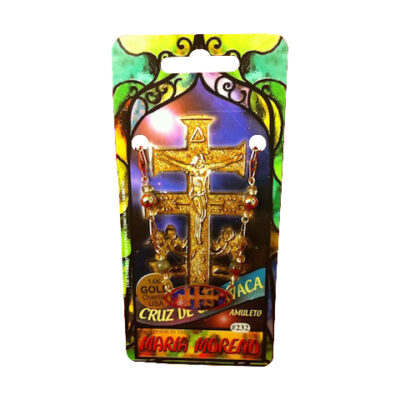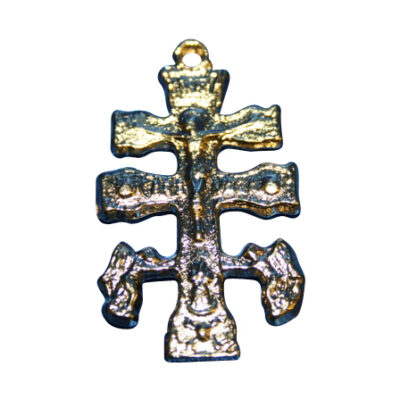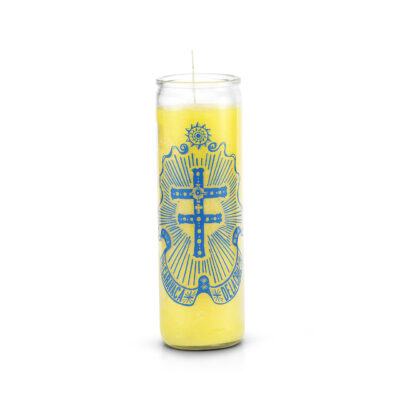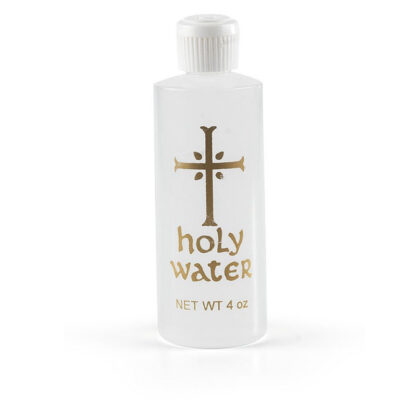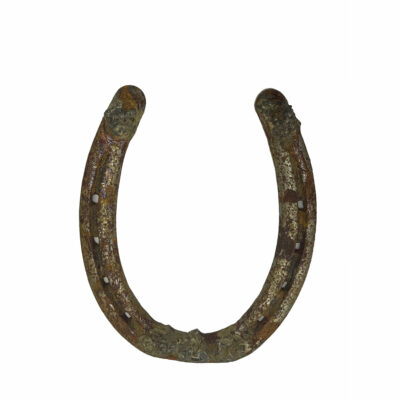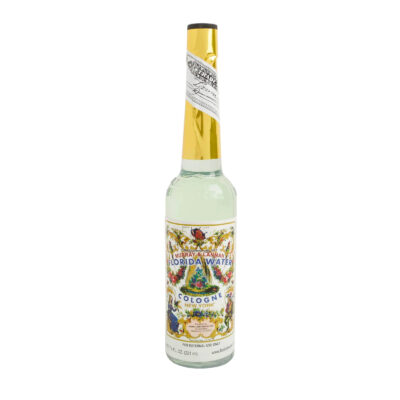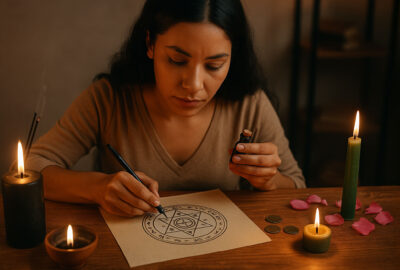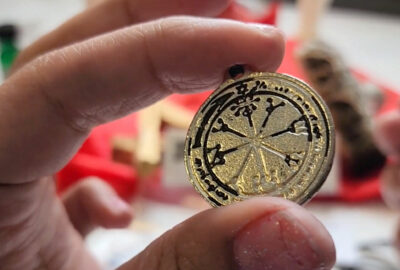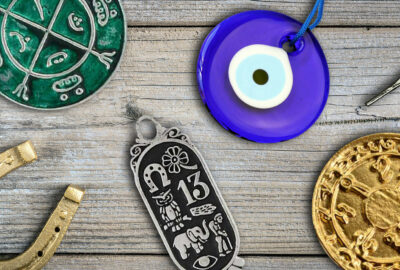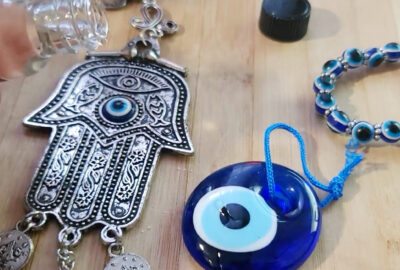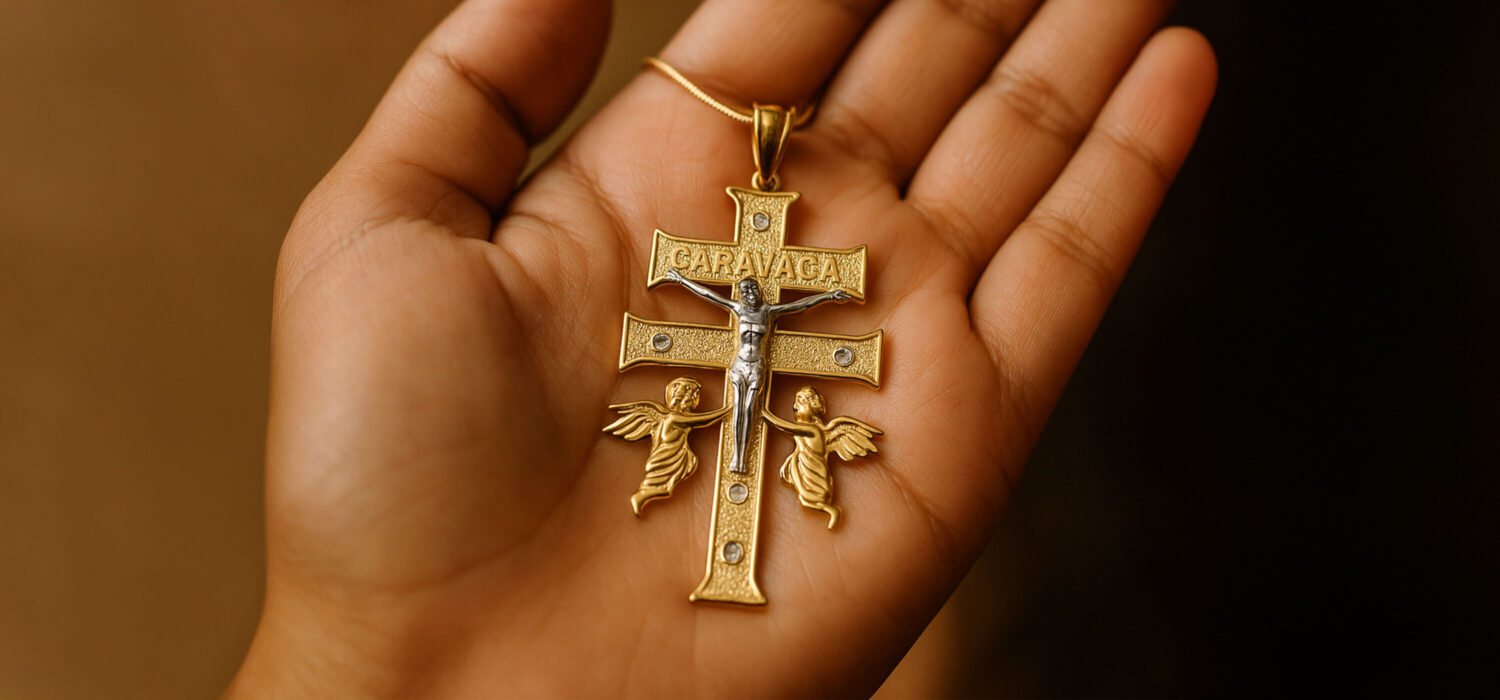
The Cross of Caravaca: Meaning, History, and Rituals
The Cross of Caravaca is more than an artifact from Spain’s medieval past. It is a living symbol of faith, protection, and blessing that continues to inspire devotion across the world. For centuries, believers have turned to this double-barred cross in moments of fear, illness, or uncertainty, trusting it to shield them from harm and draw divine favor near.
Unlike ordinary crucifixes, the Cross of Caravaca is inseparable from a miracle. Its story begins with angels carrying it into a king’s chamber so that the Mass could be celebrated, and its legend has spread across continents ever since. Worn on the body, hung in homes, or placed upon altars, it has served as a guardian for pilgrims, a sign of hope for the sick, and a magnet for prosperity and good fortune.
To hold or wear the Cross is to join a chain of faith that stretches back more than seven centuries. Every prayer before it carries the weight of history and the strength of those who trusted in its power before us. The rituals that surround it remind us that this cross is not only a relic of the past but a source of living grace in the present.
What is the Cross of Caravaca?
The Cross of Caravaca, or Caravaca de la Cruz, is a unique crucifix with two horizontal arms. Unlike a standard Christian cross with a single bar, this double-barred design represents both earthly authority and heavenly power. In most depictions, the crucified Christ stands at the center while two angels flank the sides, holding the cross as if carrying it between heaven and earth.
This imagery reflects its legendary origin as a cross delivered by angels. For centuries, it has been venerated not only as a Christian relic but also as a folk talisman, used in prayers for protection, prosperity, and health.
The History of the Cross of Caravaca
The origins of the Cross date to medieval Spain in the 13th or 14th century. At the time, the region was under Moorish rule. A missionary priest named Don Gínes Pérez Chirinos de Cuenca was captured and brought before King Zeyt-Abuzeyt. Depending on the legend, the king either demanded to see the Mass performed or was simply curious about Christian worship.
The priest prepared the altar with bread, wine, and candles, but no cross could be found. As he prayed, two angels appeared at the window, carrying a luminous double-barred cross. With the cross placed upon the altar, the Mass was completed. Some say the miracle was so powerful that it inspired the king himself to embrace Christianity.
This miraculous cross, believed to contain a fragment of the True Cross, became the relic of the small town of Caravaca in Murcia, Spain. Pilgrims soon traveled from far and wide to venerate it, and devotion to the Cross grew rapidly. Encyclopedia Britannica notes that the crucifix itself has long been a source of devotion, but the Caravaca Cross holds unique meaning for its miraculous origin.
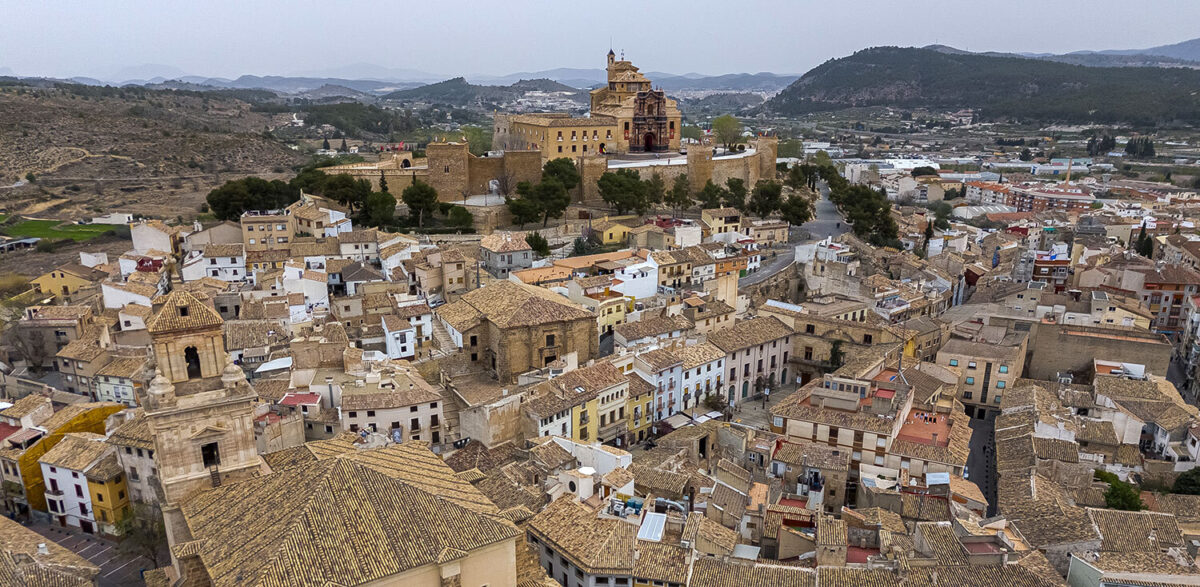
Today, Caravaca de la Cruz holds the honor of being one of the five officially recognized Holy Cities in Catholicism.
Caravaca: A Holy City
Caravaca de la Cruz is now one of the five official Holy Cities of Catholicism, joining Jerusalem, Rome, Santiago de Compostela, and Santo Toribio de Liébana. In 1998, the Vatican granted Caravaca the privilege of celebrating a Jubilee Year every seven years, when pilgrims can receive indulgences by visiting the sanctuary. This recognition cements the Cross as a central site of devotion and miracle in global Catholic faith.
Festivals of the Holy Cross
Each year from May 1 to 5, Caravaca holds the Fiestas of the Holy Cross. These celebrations combine sacred processions with colorful cultural traditions. The most famous is the Caballos del Vino, or Wine Horses, where richly adorned horses race up to the castle that houses the Cross. The festivals also include reenactments of Moor and Christian battles, offerings of flowers, and parades honoring the Cross. UNESCO has recognized these events as part of the Intangible Cultural Heritage of Humanity, affirming their importance to both faith and culture.
Crossing the Ocean
The devotion to the Cross of Caravaca did not remain in Spain. Franciscan missionaries carried the image to the New World, where it became a beloved symbol in Mexico and Latin America. The missionary Junípero Serra is said to have carried the Cross during his work in California. At his death in 1784, the Cross was placed upon his chest, and today it remains preserved in the Carmel Mission Museum as a link between Old World devotion and New World faith.
Through these journeys, the Cross became woven into folk practice, where it was combined with local traditions of protection, healing, and prosperity. In Mexico, especially, it became central to household prayers and protective amulets.
Symbolism and Meaning of the Cross of Caravaca
The double bars of the Caravaca Cross have deep symbolic meaning. The upper bar is often seen as the inscription placed above Christ on the Cross, while the lower bar represents the beam upon which his arms stretched. Together they signify both human history and divine authority. In some interpretations, the two bars represent the union of heaven and earth, or body and spirit, joined through Christ’s sacrifice.
The angels who flank the Cross emphasize its miraculous arrival. They remind believers that this is not a cross raised by human hands but carried from heaven. In folk traditions, these angels are seen as guardians who protect the faithful, especially when the Cross is worn as a talisman or placed within the home.
Spiritual Uses of the Cross
The Cross of Caravaca has been used for centuries in both Catholic devotion and folk magic. Its uses include:
- Worn as a talisman: Bracelets, necklaces, and pins keep the Cross close to the body, offering daily protection.
- Household protection: Hung on walls or near doorways, the Cross deflects envy, gossip, and misfortune.
- Healing prayers: The Cross is invoked in times of illness to ask for strength and divine intercession.
- Prosperity rituals: Used with candles and prayers, they are believed to open the way to abundance and opportunity.
- Amulets and charms: Combined with horseshoes, ribbons, or other sacred items, they strengthen protective workings.
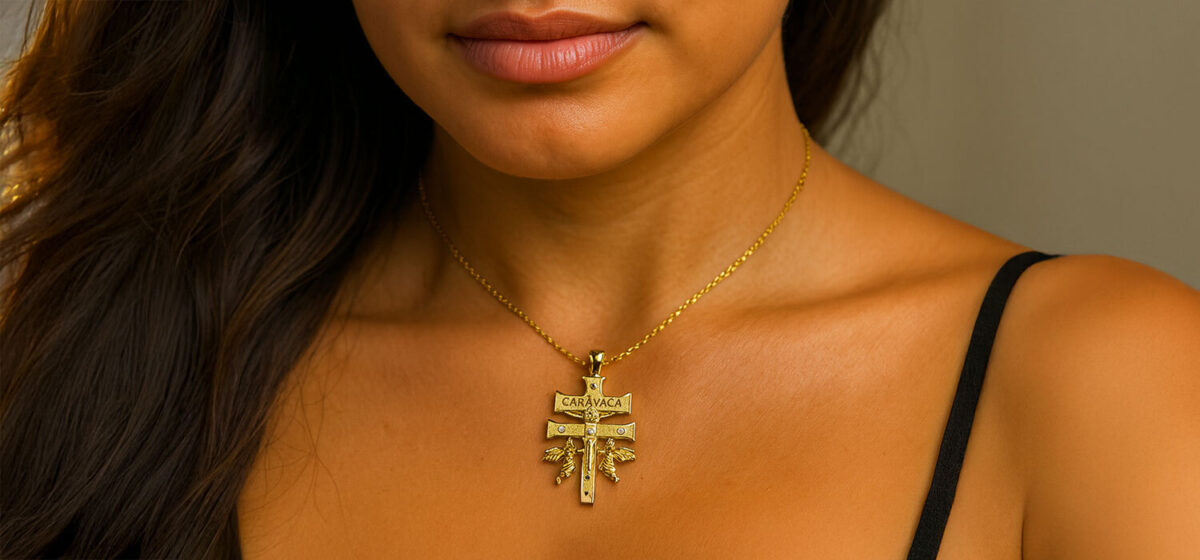
Carrying the Cross of Caravaca close to you is a simple yet deeply powerful way to remain within its protection.
Rituals with the Cross of Caravaca
The Cross of Caravaca is most powerful when brought into active spiritual practice. Beyond history and legend, it works through devotion, prayer, and ritual. Below are three ways to invite its blessings into your daily life. Each of these rituals carries centuries of tradition and serves as a reminder that faith and intention open the way to divine protection.
Candle Blessing with the Cross of Caravaca
This ritual calls on the Cross to bring light and protection into the home and heart. It is especially meaningful at the beginning of a new season, after times of stress, or when you feel the need for spiritual cleansing. By combining fire, water, and prayer, it clears away heaviness and surrounds you with divine peace. Here are the ritual components you will need:
- A Cross of Caravaca Amulet
- A Cross of Caravaca 7-day candle
- Olive oil or holy oil
- A glass of water
Create a small altar with the Cross at its center. Anoint the candle with oil, drawing upward, while asking for blessings of peace and safety. Light the candle and pray:
Blessed Cross of Caravaca, bearer of miracles, protect me and guide me. May your light drive away fear and fill my home with grace.
Sit quietly with the Cross in your hands. Imagine the flame surrounding you in a shield of light while the water absorbs all heaviness. When the candle has finished, pour the water outdoors, leaving behind only peace.
The Virtuous Horseshoe Amulet
The Secreto de la Virtuosa Herradura, or Virtuous Horseshoe, is a traditional Mexican charm that unites the Cross of Caravaca with the protective force of the horseshoe. It is used to draw luck, health, and safety into the household while shielding against envy and misfortune. This ritual blends Catholic devotion with folk magic in a way that has been passed down for generations. You will need:
- A used horseshoe
- Red ribbon or thread
- A Cross of Caravaca small enough to fit inside
- A white candle
Wrap the horseshoe in red ribbon, a color of vitality and protection. Place the Cross of Caravaca in the open space of the horseshoe. Light the candle and pray the Oración de la Herradura, asking Christ to bless your home with fortune, safety, and health.
Hang the amulet above your doorway or place it in a prayer corner. Smaller versions can be carried for personal protection. The horseshoe attracts luck, the Cross shields from harm, and the red ribbon keeps envy away.
Wearing the Cross for Daily Protection
Wearing the Cross is one of the simplest yet most profound ways to stay under its shield. Over time, this daily devotion transforms the Cross from a piece of jewelry into a personal companion of faith. Each time you touch it, you renew your bond with divine protection and guidance. Here is what you will need:
- A Cross of Caravaca bracelet or pendant
- Holy water or Florida Water
Sprinkle the Cross lightly with holy water. Hold it in your hands and say:
Sacred Cross of Caravaca, protect me as I walk, guide me as I speak, and guard me as I rest. May I be strengthened by your blessing.
Wear the Cross daily, touching it during moments of fear or prayer. Over time, it becomes more than an ornament and transforms into a companion of faith and a shield against misfortune. For guidance on spiritual cleansing tools, see How to Use Holy Water in Spiritual Rituals.
FAQs About the Cross of Caravaca
Is the Cross of Caravaca the same as a regular crucifix?
No, it is unique for its two horizontal bars and angelic imagery, which symbolize both heaven and earth.
Why does the Cross of Caravaca have two bars instead of one?
The double bars represent divine authority and human history, uniting spirit and body through Christ.
Can the Cross of Caravaca be used outside Catholic tradition?
Yes. While rooted in Catholicism, it is also embraced in folk practices for protection, healing, and prosperity.
Is it safe to combine the Cross with other protective items?
Absolutely. Many traditions pair it with horseshoes, candles, or crystals to strengthen protective power.
What prayers are traditionally said with the Cross of Caravaca?
The Oración de la Cruz de Caravaca and the Oración de la Herradura are often used, but any heartfelt prayer can be offered.
The Cross of Caravaca: A Living Symbol of Protection and Faith
The Cross of Caravaca began as a miracle in medieval Spain and has grown into a global symbol of protection and blessing. Its double bars remind us of the union of heaven and earth, while its angels remind us that divine help carries us when we cannot carry ourselves.
Whether held in prayer, worn as a talisman, or crafted into household amulets, the Cross continues to work as a living source of faith. By honoring its history and using it with devotion, we step into a centuries-old tradition of protection, miracles, and grace.
